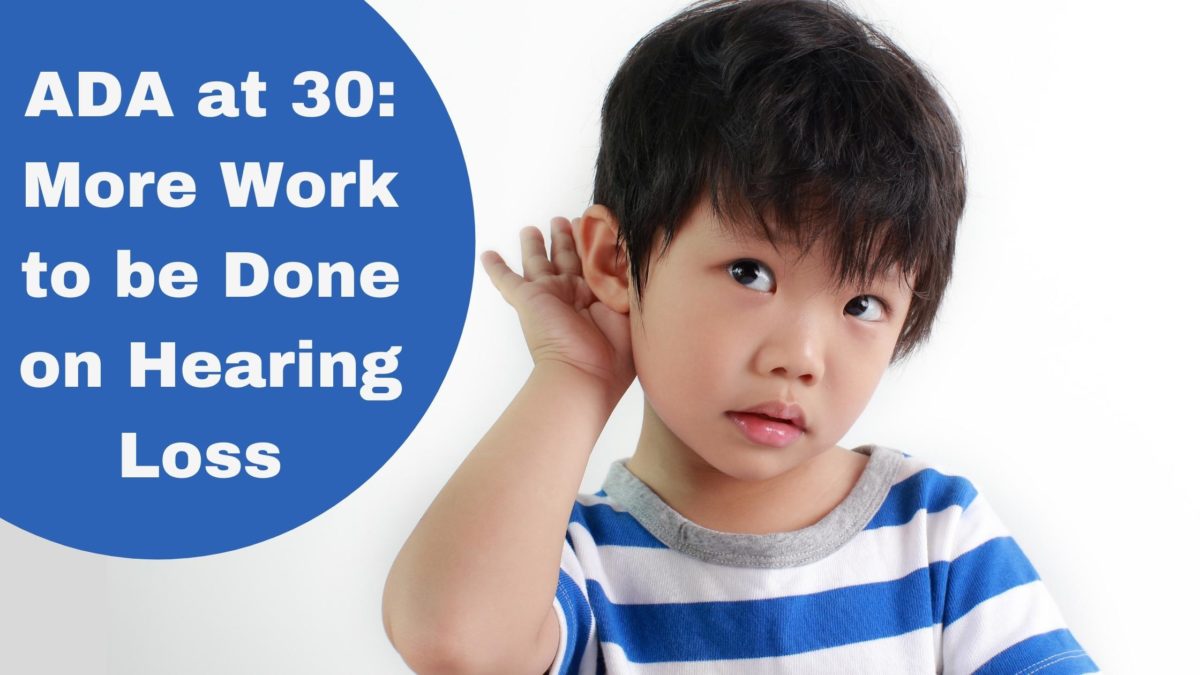The Americans with Disabilities Act (ADA) is a federal statute that forbids discrimination against people with disabilities who meet specific criteria. Individuals with disabilities have impairments that significantly restrict the primary life function, have a history of a substantially restricting disorder, or are considered disabled.
Signs of progress
Many advances for people with hearing loss have been made in the workplace, classrooms, and the arts over the last 30 years. The ADA has been at the forefront of many of these reforms. Let’s look at a few of them.
Help for jobseekers
When searching for a job, many employers can consciously or subconsciously neglect or exclude people with hearing loss in favor of normal hearing. This is why the Americans with Disabilities Act (ADA) established strict rules about what an employer can ask prospective employees about their abilities.
And suppose the candidate wears hearing aids or discloses that they have hearing loss. In that case, the employer can only ask questions about their ability to do the job. In reality, a person with a hearing disability cannot be fired from a job if they can safely complete the work for which they were employed.
Workplace accommodations
Employers are expected by the ADA to make fair provisions for people with disabilities. Several accommodations can be made, from an assistive device that can transcribe phone calls to text to providing a quiet place for the person with hearing loss to work. Furthermore, the ADA forbids derogatory actions against people with disabilities, such as name-calling or ridicule.
Accommodations in public
The ADA mandates that public spaces be open to people with disabilities, including those with hearing loss. Sign language interpreters in medical and legal settings, induction listening loops that send public messages to those wearing hearing aids, and the use of flashing lights for smoke and warning alarms are all examples of public accommodations for those with hearing loss.
Accommodations in educational settings
Trying to learn with a hearing loss can be very frustrating. You might do your best to keep up, but you may continue to fall behind due to hearing loss. The ADA has mandated reasonable accommodations for students with hearing loss in schools and other educational environments, such as note-takers, real-time captioning systems, and the use of amplification devices.
Clear face masks
Accessibility can be formed with more visibility. Face masks with transparent panels to aid lip reading, for example, have been gaining momentum thanks to disability rights advocacy. The lack of lip-reading necessitates the development of new, more open communication networks.
Progress is needed in other areas
Despite all of the technological advancements and accommodations made for people with hearing difficulties over the last 30 years, there is still much more to be done.
Video calls
With the Covid-19 pandemic, video conferencing has become necessary for education, work, and social gatherings. Many video conferencing applications, such as Zoom, do not have real-time captioning, making these meetings unavailable to the deaf. This feature is available on other platforms such as Skype and Google Meet, so there really is no excuse not to have it on the popular video platform.
More progress needed in media representation
Increasing representation of those with conditions that are often invisible, such as hearing loss, is more challenging to incorporate into legislation. Increased educational opportunities, press coverage, and media representation are all examples of increased visibility.
With nearly 15% of the population suffering from hearing loss, no one should feel isolated. Still, many people do not see their condition represented in the mass media.
Hearing loss is rarely discussed in film and culture, despite its prevalence. Although hearing loss challenges are genuine and limit mobility in our lives, hearing loss is rarely highlighted in culture. Making Americans’ daily experience with hearing loss more understandable involves scripting hearing loss characters into storylines and incorporating visual markers of hearing loss (such as wearing hearing aids). The ADA has helped make inroads for those with hearing loss in recent years. But within the fields of representation and technology, there is still a lot of work to be done.
Seeking treatment for hearing loss
One way to address hearing loss in your network of family and friends is to take care of your own hearing health! It is recommended that people over the age of 50 take an annual hearing test to monitor their hearing abilities. If you’re ready for a hearing test, we’re here to help! Contact us today to schedule an appointment.

